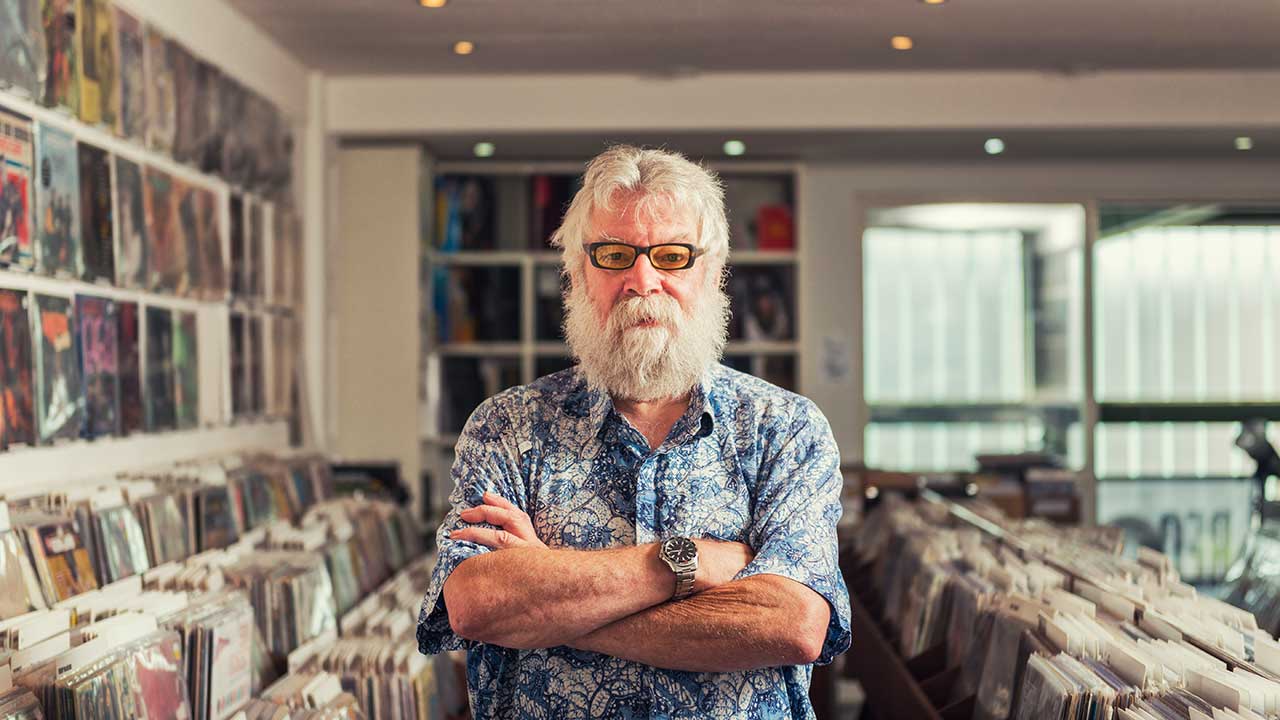Should I get into buying vinyl again?
If you’re even asking yourself this question, the answer is probably, yes, you should buy vinyl again

There’s no one reason vinyl sales have increased so dramatically in recent years, but the longevity of the spike – and the fact many people never left – would suggest each one is valid.
It doesn’t necessarily mark the end of an era where practicality and portability has been king – the ubiquity of streaming services in itself proves our continued appreciation of a whole music collection in our pockets – but probably more relevantly signals a taking back of the ritual of playing a physical record.
It’s a ritual many of those responsible for vinyl’s resurgence are likely experiencing for the first time: the falling in love with a cover, shaking an LP from its sleeve and delicately placing the tone arm over its outer groove.
The impracticality of its ceremony, so often cited as reason for the medium’s initial downfall, becomes rather much of its appeal; the effort seemingly tailoring a more rewarding, deeper listen.
Because arguably we do listen deeper when playing vinyl. There’s no shuffle play or skipping past those slow burns waiting patiently to become our favourite cuts; besides, why go to the trouble if not to take in at least one full side of an album?
There is reward for patience, and patience mirrored by the disc itself. There are LPs, decades old, sitting in record shops and dusty attics right now holding all the information carved into their grooves since the day there were pressed.
Unlike digital media, those series of 1s and 0s providing snapshots of an analogue wave, all the information is there in the groove. Upgrading your system won’t show up flaws as it will with your heavily compressed Spotify stream; your vinyl is waiting patiently to grow with it, with more still to give.
The latest news, features and interviews direct to your inbox, from the global home of alternative music.
Perhaps it is not the ultimate in sound reproduction, bound to and limited in ways by its size and form, but it has a sound that is its own, and one that becomes unique to each disc with age and wear.
And there is joy even before the listening: the hours of a day’s crate digging, the fruitless ones serving only to heighten the ecstasy of that chance find, are impossible to manufacture in the digital realm.
A second-hand record store can be a museum, library and art gallery all at once; falling down rabbit holes of obscure genre and lost gems, picking out a record simply because of its cover and then taking it home to find the music to match.
A turntable is essentially the gateway to these village-like communities found only inside the walls of a record store, where we are freed from spats with trolls on the pages of forums and in YouTube comment sections to speak openly with one another as music nerds.
Then our home becomes our own gallery, with a collection of obscurities and classics that tells who we are to anyone who thumbs through better than we could with any number of words.
